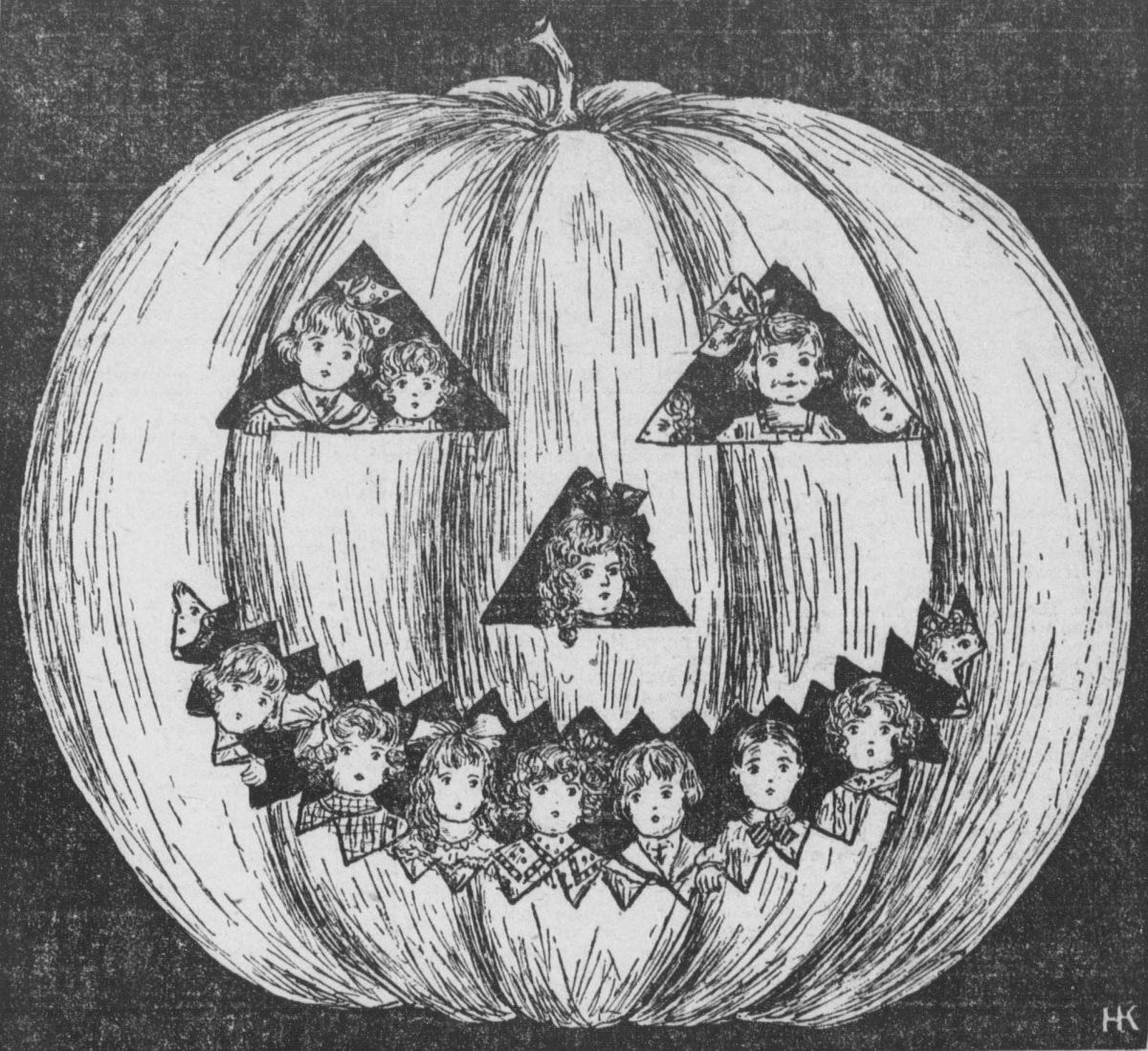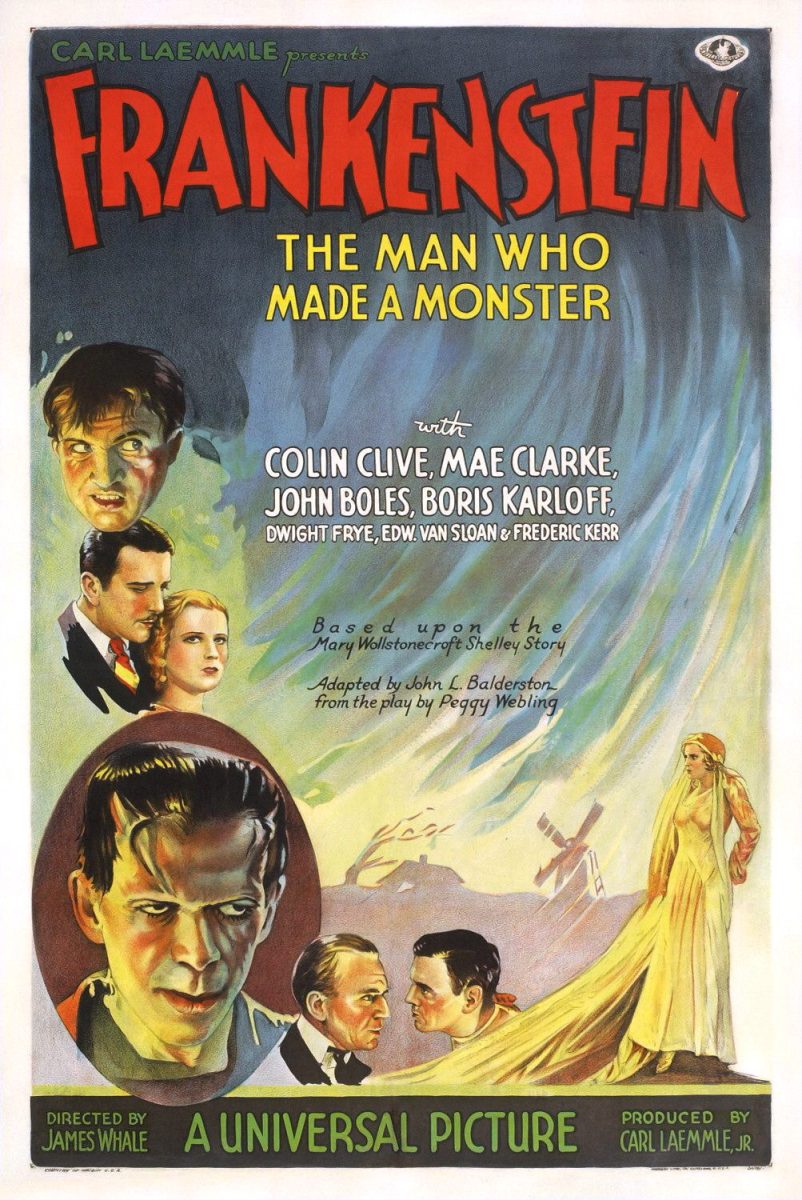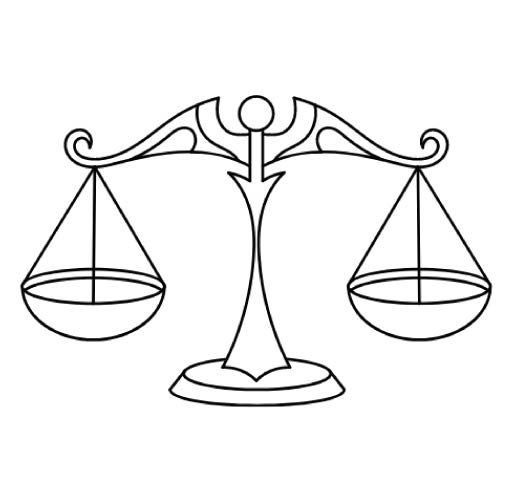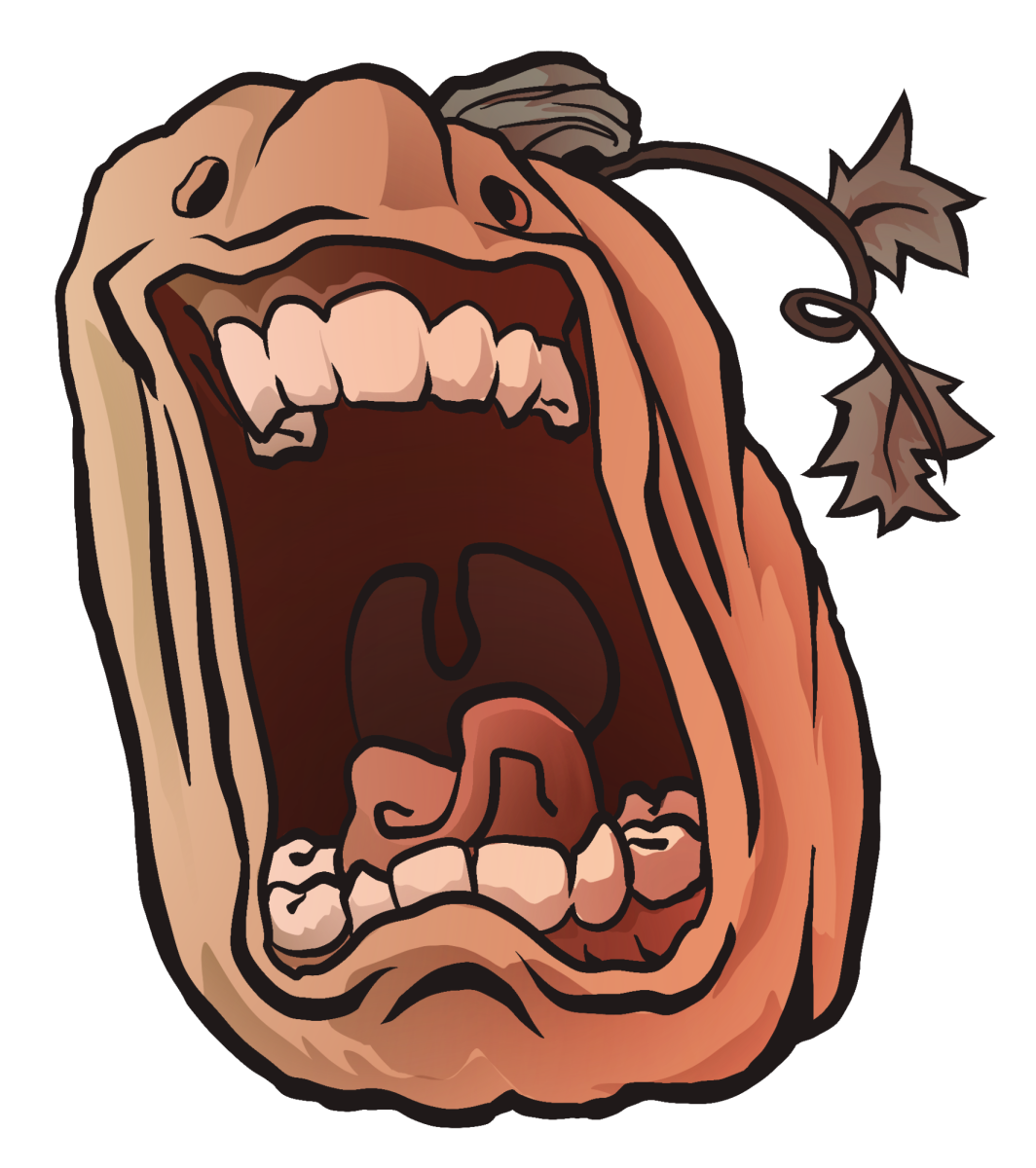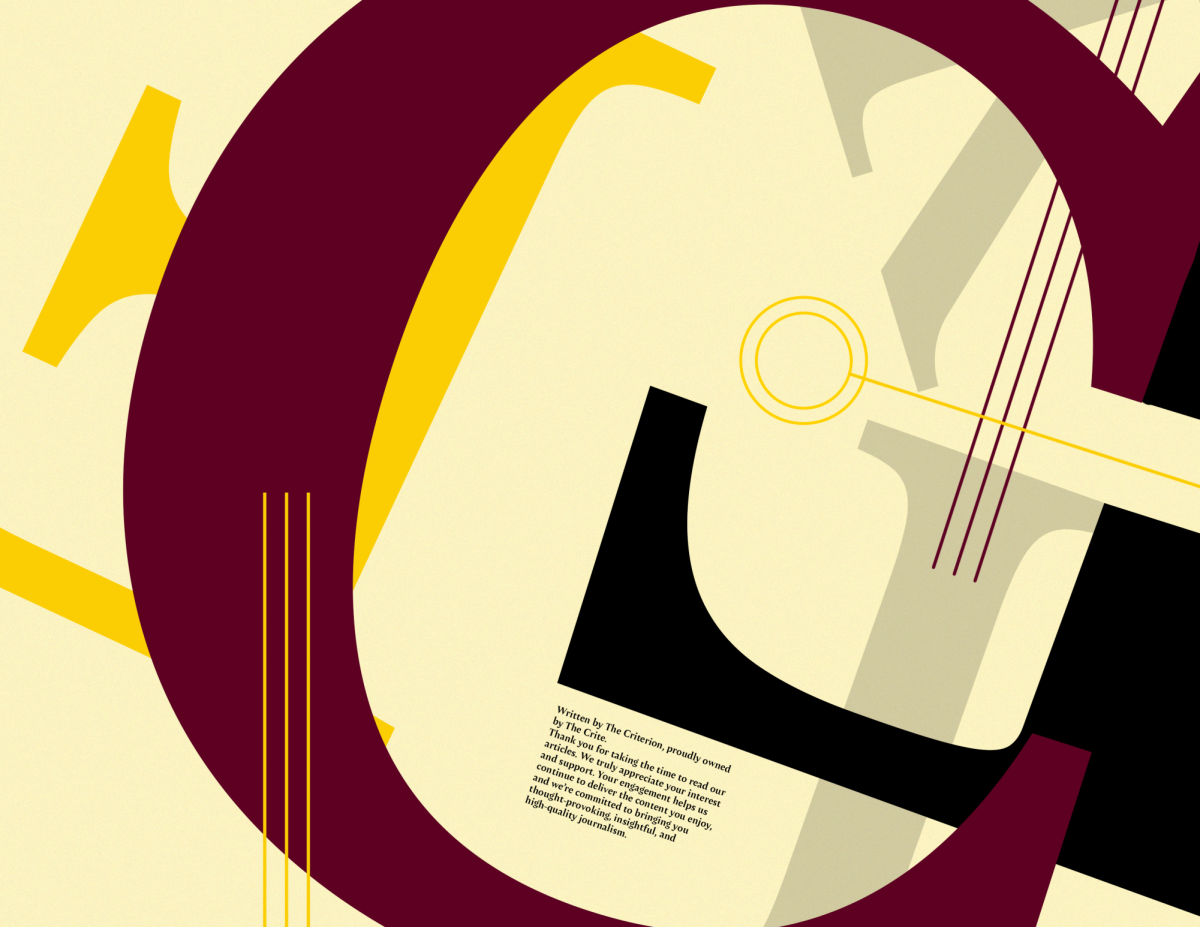My physics 112 professor is always throwing out new and complicated ideas that make my head spin. Every time the class gets lost in new concepts, he reminds us “don’t forget the basics,” then proceeds to reiterate simple ideas we have been taught our whole lives. It can be the same thing with going to the gym. No matter what new lifting techniques come out, it is important to remember the basics.
The more we learn about the science of exercise, newer ideas and innovative ways of improving fitness become prevalent. Concepts come with acronyms that get spouted by gym rats in the know. HIIT, TABATA and EMOM become part of the lingo. (If you don’t know what those mean, don’t worry about it. I will explain them in future columns).
Some of new techniques are unnecessary and some are dangerous. The majority, however, are based off strong research and sound scientific principles. A dedicated fitness fanatic would be unwise to turn their back on progressive understanding exercise.
Equally unwise, though, is turning one’s back on the past. Some fundamental moves are nearly as old as exercise itself, and there is a reason why they have survived the test of time. They have been the basic foundation upon which fitness has grown.
The exercises I am referring to are deadlift, squats, bench press and pull-ups. Every decent gym in the world has places to perform these exercises, even if they don’t have bumper plates for doing hang-cleans or TRX straps.
The most successful athletes still do these exercises because they still work. They can be the foundation for physical improvement for a variety of goals. Whether you want to build muscle, increase endurance, improve balance or lose weight, the basics are part of the answer.
Deadlift works the entire body. It is a compound, full-body exercise that can open the door to leaps of progress. When done with proper form, the lift has all the muscle groups firing. It also gets your heart pumping and your lungs going, leading to a heightened metabolic rate.
Stabilizer muscles are taxed as well. Consistently performing deadlifts will thus leave you with greater balance and stability.
Squats are not only the king of lower body exercise. They are also an exercise that sets off a chain of chemical reactions to increase muscle growth for both the upper and lower body. That means squats can help increase the size of your biceps.
Squats strengthen the entire leg and add fullness for visual appeal. They are also the key exercise in developing a well-rounded backside to fill out your jeans just right.
Also, squats are similar to deadlifts in increasing stability and metabolic function. Better balance and less fat are reason enough on their own to make sure to incorporate them in your exercise plan.
Bench press is to the upper body what squats are to the lower body. The compound exercise may target the chest, but it also stimulates the core muscles as well as activates shoulders, triceps, forearms and biceps.
Bench press is the undisputed king of upper body exercise. Anybody trying to add muscle or strength to the top half of their body would hamstring their efforts to leave out laying on the bench and grabbing the barbell.
If bench press is the king of upper body exercises, pull-ups are second in line to the throne. This is doubly true if pull-ups are turned into weighted pull-ups.
Pull-ups focus on the lats and traps, but their ability to enhance fitness does not end there. The exercise also engages the low back, shoulders, biceps and core. The benefits pull-ups bring to the table make them a mainstay in anybody’s workout.
I do not in any way want to claim that workouts should be limited to only performing these four foundational lifts, or that they are necessary for every training day. Other forms of exercise and other techniques can lead to a well-rounded physique.
It is good to have variety in your workouts and to find the kinds of exercises that work for you. However, even as you explore and learn new techniques, don’t forget the basics.



